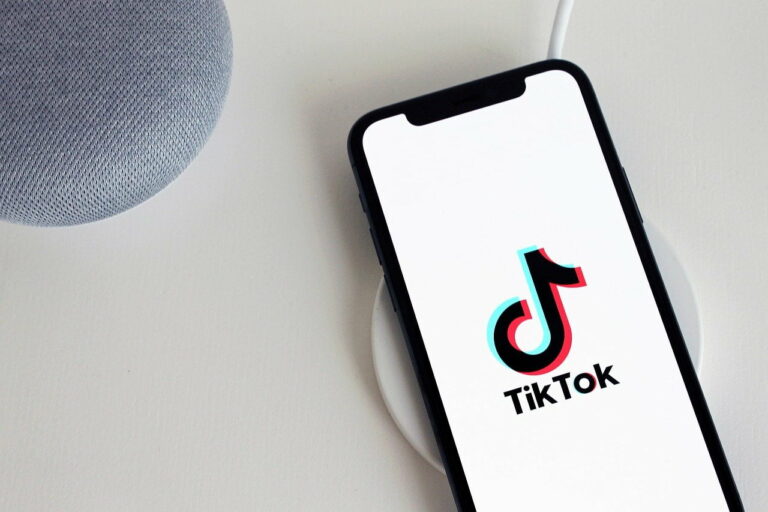If you are looking for increasing sales for your online store, you need an ecommerce social media strategy. There is a huge audience on social media prepared to purchase products on your online store.
We are here to help you set up your strategy and give you tips to be able to get the results you are looking for.
1. Social Media Platforms
Choosing a platform for your marketing strategy is essential if you want to have a successful strategy and reach your audience.
You need to know which platforms your target audience are using and what goals you want to achieve in your strategy like brand awareness, customer engagement and sales. Also you have to consider that not every platform works for every business, so consider your traffic reports to choose the best platform for your audience.
Here are some of the most important platforms at the moment to consider for your strategy: TikTok, Instagram, Facebook, Youtube and Pinterest.
2. Content formats
Step 1: Know what works on each platform
Video content gets the highest engagement of any content on Facebook, meaning video should be a priority on this platform.
There are a few different types of video content you can share: Facebook Stories, In-feed videos, Live videos.
You can use video content to share behind-the-scenes, promote products, relate to your audience, and more.
Even if the platform is very visual and creative, you have to consider the power of text-only posts when you are looking to engage with your audience.
Text-only content lets you be a little more relatable and personable, as long as it’s still 100% relevant to your industry and what you sell.
Video content gets the highest engagement of any content on Facebook, meaning video should be a priority on this platform.
There are a few different types of video content you can share: Facebook Stories, In-feed videos, Live videos.
You can use video content to share behind-the-scenes, promote products, relate to your audience, and more.
Instagram Reels are a newer content format, but they’re a significant player if you want to grow your following. Reels are Instagram’s version of TikTok: short one-minute or fewer videos that are bite-sized and engaging.
Like Facebook, Instagram has a variety of video types: In-feed videos, IGTV, Live videos.
IGTV was Instagram’s attempt at letting creators share more long-form episodic content, but it still isn’t as popular as the other types of video.
Instagram Stories were the platform’s take on Snapchat Stories. These can be photos or videos, and they last on your profile for only 24 hours unless you save them to a highlight reel.
This is a great way to share less styled content than you would in your feed. Instagram also lets you create polls, ask questions, share quizzes, and more within your Stories.
YouTube
Upload any horizontal video to your channel. You can organize videos into playlists based on promotional videos, educational videos, and more.
Short, engaging videos. YouTube’s version of TikToks and Instagram Reels.
Disappearing videos. YouTube’s version of Instagram and Facebook Stories.
A Pin is a photo linking to a webpage. This photo is much more engaging than some of its plain product photos. An image like this increases the chances that someone will save the image onto their own Pinterest boards, expanding its reach.
Another type of pin is called a “rich pin.” There are a few different types of rich pins that share more information than a regular pin. Your eCommerce business will be focusing on “shopping pins.”
Shopping pins also show up in the “Shop” search results, making it easier for someone in the purchasing mindset to find your product and buy it.
TikTok
TikTok videos can be as short as 15-seconds or as long as three minutes.
Short, engaging videos like these are perfect for increasing brand awareness and customer engagement.
If you are looking to share more information about a topic and create engagement, long form videos are perfect.
Step 2: Curation vs creation
- Photos are taken for your eCommerce website that you share on social media
- TV adverts you upload to Facebook
- User-generated content that you ask permission to share on your feeds
- Relevant landing pages or blog posts you share on social media
- A video made specifically for a Facebook ad
- Photos from a styled photoshoot for social media
- Branded graphics created to be shared on social media
- Captions and copy for text-only posts or to accompany created assets



